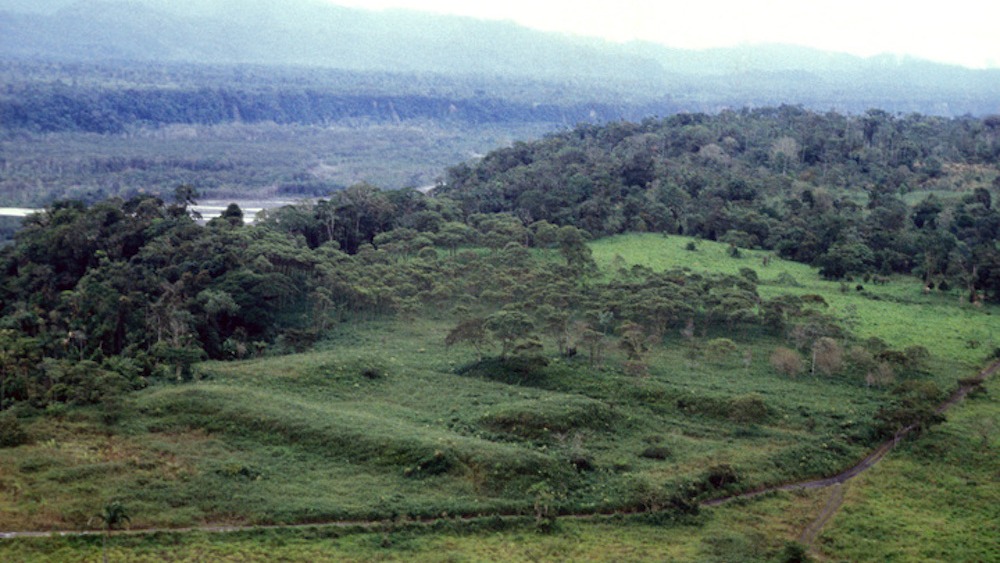
Lasers have revealed a complex network of pre-Hispanic structures and roadways hidden beneath the canopy of the Amazon. At 2,500 years old, it's the earliest (and largest) example of an agricultural civilization ever recorded in South America's dense rainforest.
Archaeologists have been studying the Upano Valley site, located along a stretch of the eastern Andes, for several decades. However, it wasn't until they began viewing the Ecuadorian landscape using airborne lidar (light detection and ranging) — in which thousands of infrared laser pulses are reflected repeatedly off the landscape to reveal structures hidden beneath the vegetation — that they realized how elaborate the civilization actually was, according to a study published Thursday (Jan. 11) in the journal Science.
"I have explored the site many times, but lidar gave me another view of the land," lead study author Stéphen Rostain, an archaeologist and director of research at the French National Center for Scientific Research (CNRS), told Live Science. "On foot you have trees in the way, and it's difficult to see what's actually hidden there."
Related: Lasers reveal 'lost' pre-Hispanic civilization deep in the Amazon
Archaeological excavations showed that the site, which covers approximately 230 square miles (600 square kilometers), was occupied from roughly 500 B.C. to sometime between A.D. 300 and 600, according to the study.
Researchers employed lidar to assess half of the expansive site, which was constructed by members of the pre-Hispanic Kilamope and Upano cultures, two sedentary agrarian societies that once occupied the valley. After a "hiatus," some of the settlements were occupied by the Huapula culture, according to the study.

Lidar images showed that the site contained more than 6,000 rectangular earthen platforms, plaza structures and mounds that were interconnected via an extensive gridwork of straight roadways and footpaths.
"The streets not only crisscrossed throughout the site but also led outside of the site," Rostain said. "These roadways all functioned together and were used to connect the community."
The researchers also discovered groupings of nearly 15 "distinct" settlement sites that ranged in their size and number of structures, according to a statement.
Some of these settlements also had "huge mounds" that stretched up to 492 feet (150 meters) long and stood 26 feet (8 m) high, Rostain said, adding that "it's impressive" how elaborate the site is in both the variety of constructions and the enormity of some of the structures.
Based on its sheer size and complexity, the site "resemble[d] similar Maya urban systems in Central America," according to the statement.
"Such a discovery is another vivid example of the underestimation of Amazonia's twofold heritage: environmental but also cultural, and therefore Indigenous," the study authors wrote in their paper. "…we believe that it is crucial to thoroughly revise our preconceptions of the Amazonian world and, in doing so, to reinterpret contexts and concepts in the necessary light of an inclusive and participatory science."







